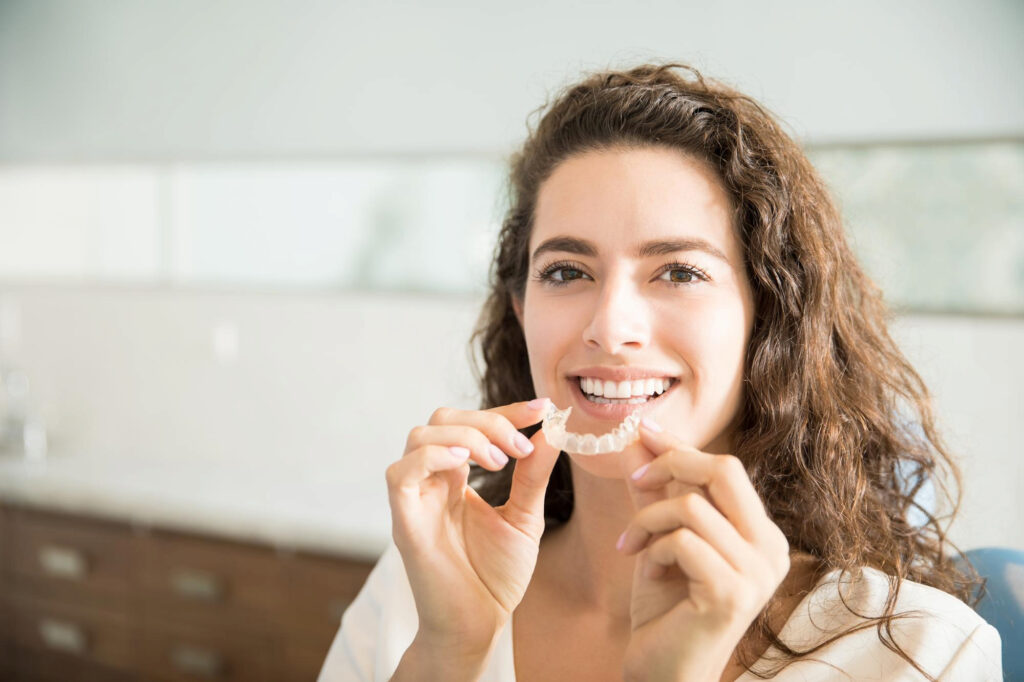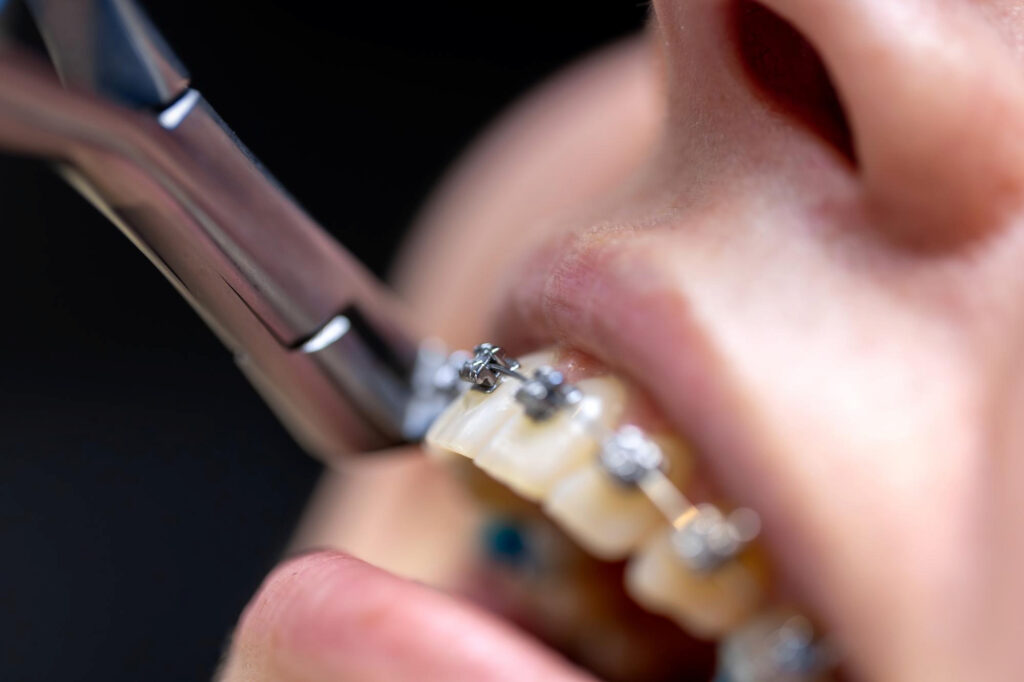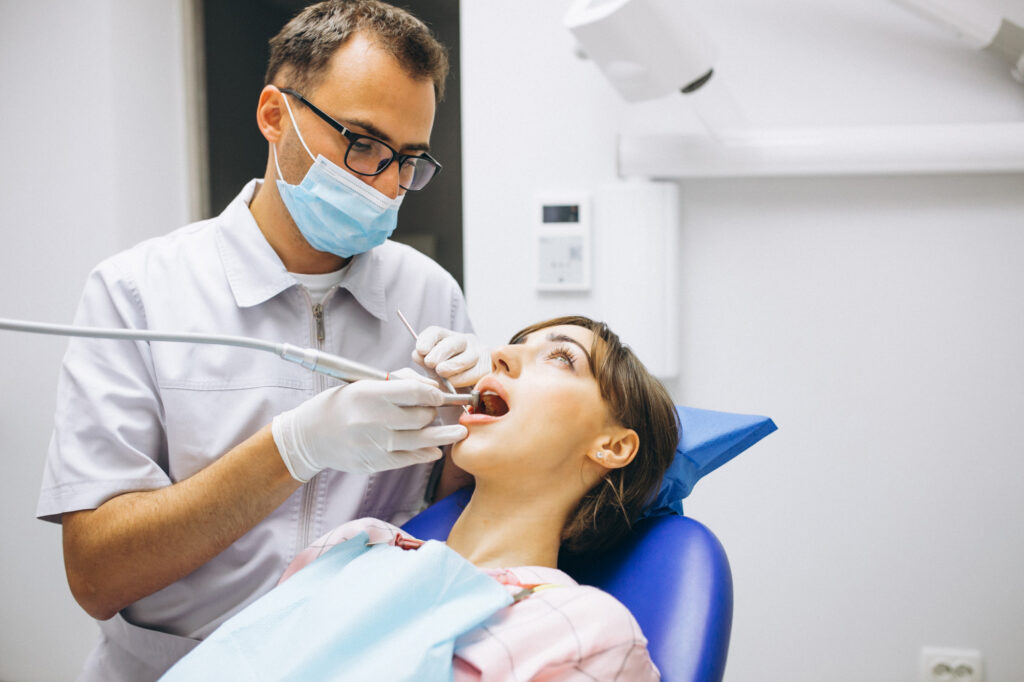Dental Implants: A Technological Revolution in Safety and Strength
Modern tools and breakthroughs in medical science continue to raise the bar for dental implant safety and durability. Thanks to advances in digital imaging, material science, surgical robotics, and smart follow‑up systems, implants now integrate faster with bone, reduce healing time, and minimize risk. Each innovation plays a role in strengthening the bond between implant and jaw, lowering failure rates, and improving patient comfort. In this blog, we’ll explore how recent updates across clinical planning, surgical technique, material design, bone healing support, and remote care come together to deliver safer and more resilient dental implants. Improved Planning With Digital Imaging Cone‑beam CT and 3D Modelling Cone‑beam computed tomography (CBCT) offers three‑dimensional views of the jaw, sinuses, nerves, and bone volume using low radiation levels. This allows clinicians to assess bone density, detect weak spots, and choose the precise implant site ahead of surgery. From the CBCT files, software creates 3D models of the patient’s anatomy. This kind of detailed mapping promotes safer placement and helps avoid vital structures like nerve canals or sinus cavities. Virtual Surgical Guides After imaging, planning software can simulate the implant position in virtual space. These simulations are converted into drilling guides—plastic sleeves that fit over teeth or gums and steer drills along the exact path of the plan. Such guides permit high accuracy and consistent angulation, depth, and location, reducing surgical misalignment and risk. Stronger Implant Materials Modern Titanium Alloys With Surface Treatments Today’s best implants use titanium alloys such as Ti‑Zr and Ti‑6Al‑7Nb, which are stronger than pure titanium and highly biocompatible. These alloys resist bending and fatigue better and promote bonding with bone. Surface treatments like sandblasting, acid‑etching, and laser micro‑grooving help bone cells attach more quickly and securely to the implant surface. Zirconia Options For Extra Strength Zirconia (yttria‑stabilized zirconia) implants offer high fracture strength, excellent biocompatibility, and minimal bone loss at the margins. Though slightly less forgiving than titanium, advances in processing and polishing have led to zirconia implants with over 90 % one‑year survival rates in clinical studies and gentler response from surrounding tissue. Advanced Surgical Tools And Robotics Piezoelectric Surgery For Safer Cuts Ultrasonic piezo devices vibrate at precise frequencies that cut mineralized tissue (bone) without harming soft tissue or nerves. Compared with conventional drills, the piezo tip produces micrometric cuts, reduced bleeding, lower heat, and faster healing. This increased precision cuts trauma and risk in sensitive areas like sinus lifts or thin jaw ridges. Robot‑assisted Implant Insertion Robotic systems such as the FDA‑approved Yomi surgical robot assist clinicians in implant placement with sub‑millimeter accuracy. Guided by real‑time sensor feedback and pre‑planned paths, the robot helps control drill orientation, depth, and torque. Studies show robot‑assisted placement significantly improves alignment compared to freehand drills, reducing nerve‑injury risk and enhancing efficiency in complex or limited‑access cases. Techniques That Support Osseointegration Growth‑factor And Bioactive Coating Approaches Special coatings on implant surfaces now include biologically active molecules such as platelet‑derived growth factor (PDGF), bone morphogenetic proteins (BMP‑7), and vascular endothelial growth factor (VEGF). These agents speed up bone generation by attracting osteoblasts and stimulating blood vessel formation. Implants treated this way tend to integrate faster and remain stable for longer periods. Ultrasonic Evaluation And Real‑time Monitoring Devices based on resonance frequency analysis (RFA) measure implant stability non‑invasively by vibrating a reference peg and reading its resonance. The Implant Stability Quotient (ISQ) provides quantitative insight into bone healing and stability. In parallel, emerging ultrasound tools send low‑frequency waves into the implant and surrounding bone to sense integration status over time. These tools allow follow‑up assessments without X‑rays and can flag loosening risk early in healing. Digital Follow‑up And Maintenance Tools Teledentistry For Remote Care After surgery, many providers now offer virtual check‑ins via video calls, photo sharing, and secure messaging. Patients can report concerns like swelling or pain remotely, and clinicians can evaluate healing and give guidance without an in‑person visit. Remote monitoring reduces unnecessary clinic visits and helps ensure issues are identified early. Smart Sensors In Implants And Appliances Research prototypes now integrate micro‑scale sensors inside implants or attached abutments. These sensors measure local temperature, pressure, pH, and small movements, transmitting data via wireless or passive ultrasonic links to patient apps or clinical dashboards. This can alert to early changes or abnormal stress that signal bone loss or peri‑implant inflammation before symptoms appear. The Tech Revolution in Dental Implants From high‑resolution CBCT planning and virtual surgical guides to stronger alloy materials and piezo‑cutting techniques, every step of modern implant dentistry is safer and more precise than ever. Growth‑factor coatings and ultrasonic monitoring encourage faster bone anchoring, while robotic guidance and smart sensors help manage risks and monitor healing. Teledentistry offers remote follow-ups to reduce complications and provide timely care. Together, these innovations drive implant success rates over 95 %, minimize post‑operative issues, and help implants last longer than ever—all without extending treatment time or discomfort for the patient.
Dental Implants: A Technological Revolution in Safety and Strength Read More »










